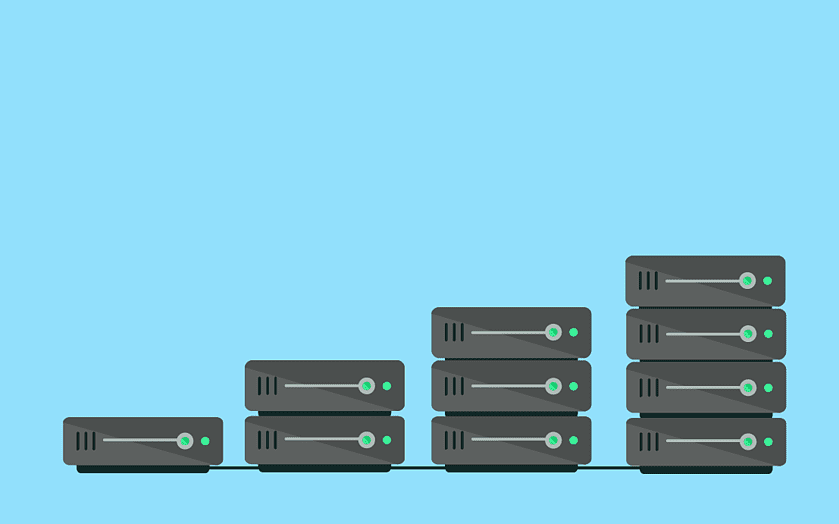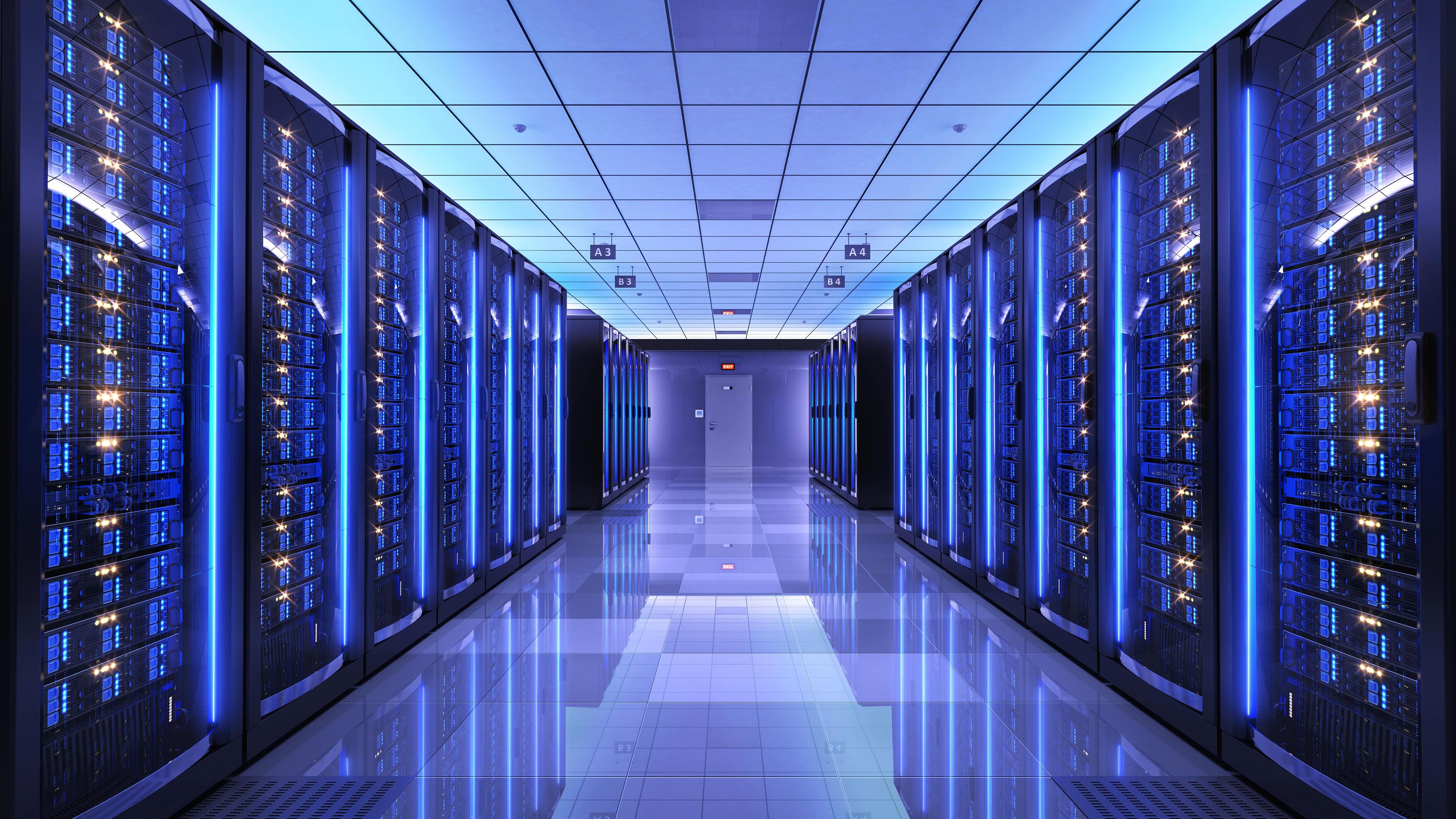
When it comes to colocation, one of the biggest selling points for data centers is their Tier number. You probably see it on their website, brochures, and other marketing materials, but what does it really mean? And why is it so important to data centers and their customers? Let’s take a look below.
Data Center Classification
Data Centers are facilities that houses infrastructure for supporting critical business applications and activities, so there has to be quality assurance and validation. This is where the Tier Classification System comes into play. Developed by the Uptime Institute, an organization devoted entirely to data center reliability, the Tier Standard is the global standard for data center infrastructure and system availability with four different levels:
- Tier 1: Basic Capacity
- Tier 2: Redundant Capacity Components
- Tier 3: Concurrently Maintainable
- Tier 4: Faulty Tolerance
The Uptime Institute determines these tier standards for data centers based on the following criteria:
- Performance
- Technology Neutral
- Vendor Neutral
- Flexibility
- Lifecycle
- Certification
Tier 1: Basic Capacity
Known as the lowest tier in the Tier Standard, simplicity is the overall theme with a basic capacity infrastructure. There’s only one source of servers, network links, and other components, which means there’s no redundancy. If disaster strikes and systems go offline, the whole facility shuts down and there’s no backup power to save the day.
Even though the specifications of tier one allow for 99.671% uptime, that’s still an average of 28.8 hours of downtime per year. The cheaper costs might seem attractive on paper but the lack of redundancy and backup systems is a major risk for businesses and their valuable data.
Tier 2: Redundant Capacity Components
Tier Two offers an infrastructure that is more redundant and better protected. The requirements include everything from tier 1 but with a backup system for redundancy. They still have the single path model for power and cooling, but have some redundant components such as generators and backup cooling systems. This allows for a higher uptime of approximately 99.741% or 22 hours of downtime per year, but this tier doesn’t guarantee a completely redundant system for the best performance and reliability.
Tier 3: Concurrently Maintainable
Tier 3 gets a little more serious and has a major jump in uptime to 99.982% or 95 minutes of downtime per year. The improved uptime can be attributed to a more redundant system. Instead of a single delivery path, Tier 3 offers N+1 redundancy with redundant power and cooling systems. This means if disaster strikes the data center and repairs need to be made, a backup system can operate in case of failure and not jeopardize operations. This type of data center is ideal for businesses because it offers basic protections and backup that can’t be found for data in the lower tiers.
Tier 4: Faulty Tolerance
At the top of the data center pedestal is Tier 4, which focuses on fault tolerance. This tier features 2N redundancy, which means there’s an identical system on standby and completely independent of the primary system. All the components of the system are supported by multiple generators, ATS, UPS and distribution systems. If any component goes down, there’s an identical piece of the puzzle that can pick up the slack and not cause the system to fail.
This tier also includes a power outage protection of 96 hours, guaranteeing 99.995% uptime and a maximum annual downtime of 26 minutes.
Which Data Center Tier is Right for You?

Finding the right data center depends on your budget, security, and data needs. While Tiers 1 and 2 might offer simplicity and cheaper options, any business who values their data needs to look at Tier 3 and 4 data centers for their advanced protection and uninterrupted availability that won’t jeopardize your operations.
If you’re looking for a local provider, Servpac now offers colocation services in its state-of-the-art Tier 4 design data center. Located in Mililani Tech Park, this data center is the largest of its kind in Hawaii, offering natural protection, 24×7 access, and 2N redundancy. For more info, please call 808-237-5000 or request a free consultation.

